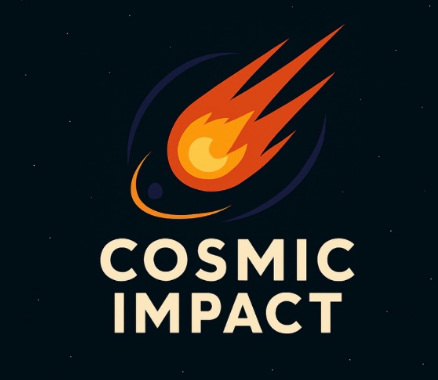When we think of threats in space, few are as movie-like—or as terrifying—as the idea of an asteroid hurtling toward Earth. Films try to show last-minute fires or heroic space crews saving the day, but in reality, scientists are seriously considering how they might prevent such a disaster. The silver lining? Already we have a developing arsenal of techniques for deflecting asteroids. Some are forceful and explosive, others use gentle, tedious shoves. Here's a look at the most promising ideas.
The Big Blast: Nuclear Bombs
The most powerful option is also the riskiest. Exploding a nuclear bomb off of an asteroid wouldn't shatter it, but heat and radiation would vaporize some on its surface. That gas shoots off into space, essentially a rocket motor putting the asteroid on a new trajectory. Velocity and raw power are the advantage. The disadvantage? If the asteroid does disintegrate, we might end up with multiple dangerous fragments instead of one.
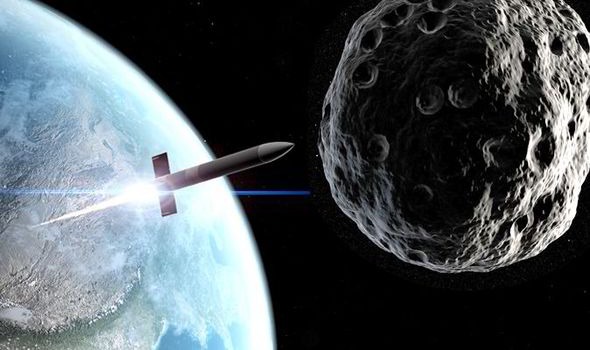
Nuclear bomb approach for asteroid deflection
Trapping the Sunlight: Solar Sails
At the opposite extreme are solar sails—giant reflective panels placed on the surface of an asteroid. By catching momentum in sunlight, the sails can subtly but incessantly nudge the course of the asteroid. It's a clean, lovely solution with no fuel required. The bad news? It takes decades to see a difference, so only if we notice the threat far enough in advance will this option save us.
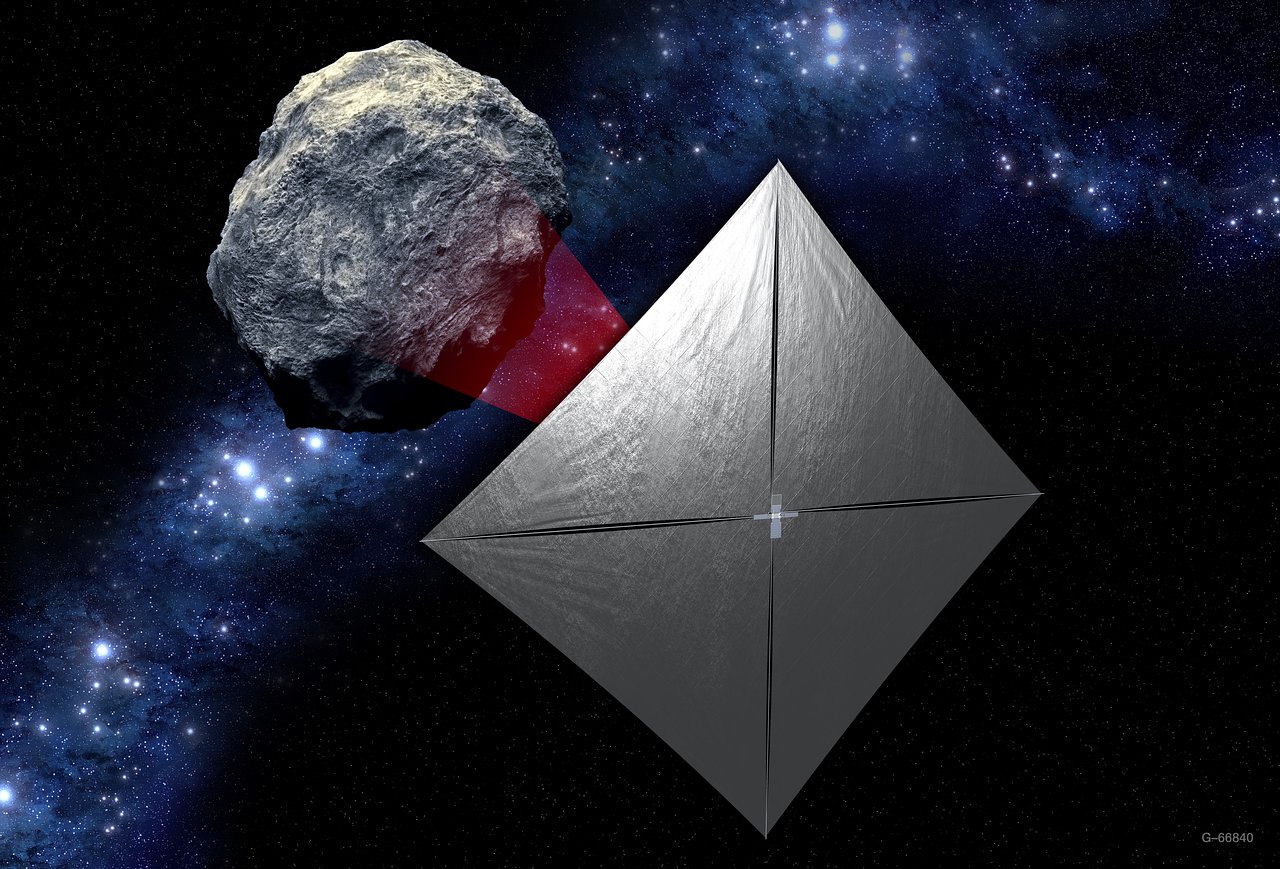
Solar sails technology for gentle asteroid deflection
Space Towing: The Asteroid Tug
Imagine a spacecraft hooking onto an asteroid like a tow truck on a stranded car. With a burst of its engines, the spacecraft could gently tug the asteroid out of orbit. It's a great deal of control for planners to exert, but simple to describe—hitching onto a low-gravity, spinning space rock is a scary prospect.
Using the Rock Itself: Mass Drivers
Instead of hauling fuel, why not the asteroid itself? A "mass driver" would gather pieces of rock and fire them into space at high speed. The resulting reaction propels the asteroid in the other direction, a little like an outer-space jackhammer. It's clever and clean, but very power-hungry.

Mass driver technology for asteroid deflection
Gentle but Precise: Gravity Tractors
If we are patient, the gravity tractor might be our top choice. A spacecraft would float near the asteroid, and due to gravity, the asteroid would gently move towards it. Over several years of time, this gentle push could add up to a huge change in direction. It's slow, but extremely precise—perfect if we catch the danger early.

Gravity tractor concept for gentle asteroid deflection
Futuristic Push: Ion Beam Shepherd
This method is science fiction-like. The spacecraft with ion thrusters would shoot a stream of ions at the asteroid. The ongoing stream of ions applies momentum, nudging the rock without ever touching it. It's precise, adaptable, and doesn't rely on sticking to the surface. The catch? The energy requirements are enormous.

Ion beam technology for asteroid deflection
Mirrors in Space: Solar Reflectors
By making giant mirrors in space, astronomers could focus sunlight onto the surface of an asteroid. That focused heat would boil rock, and that steam-steam off like the lid on a teapot, giving the asteroid a gentle push. This method takes direct advantage of the Sun's energy—but it would require huge mirrors and accurate pointing.
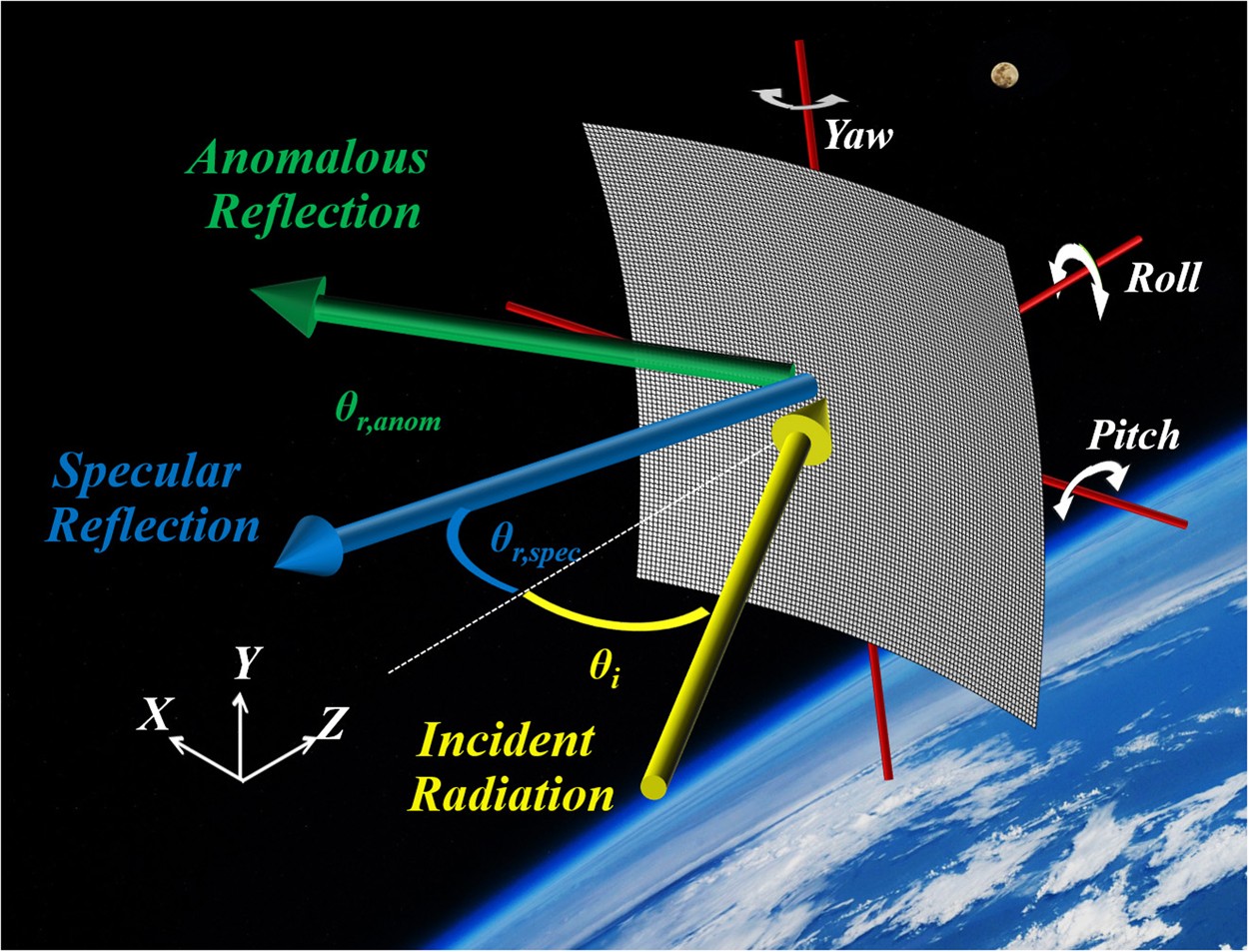
Solar reflectors for asteroid deflection
Burning with Light: Laser Ablation
Lasers provide a high-technology twist on the same idea. Powerful beams hit the asteroid's surface, vaporizing rock and creating thrust. With lasers, astronomers can maneuver the asteroid with great accuracy. The greatest obstacle is technology: space-based laser systems of the right power do not yet exist, but research is moving in that direction.
Laser ablation technology for asteroid deflection
Multi-Point Control: Advanced Mass Drivers
One implementation of the mass driver idea utilizes multiple ejection points distributed around the asteroid. This balances forces and even helps control the asteroid's rotation, making deflection more stable. It's a more complex design, but it could correct problems that can't be corrected by one driver.
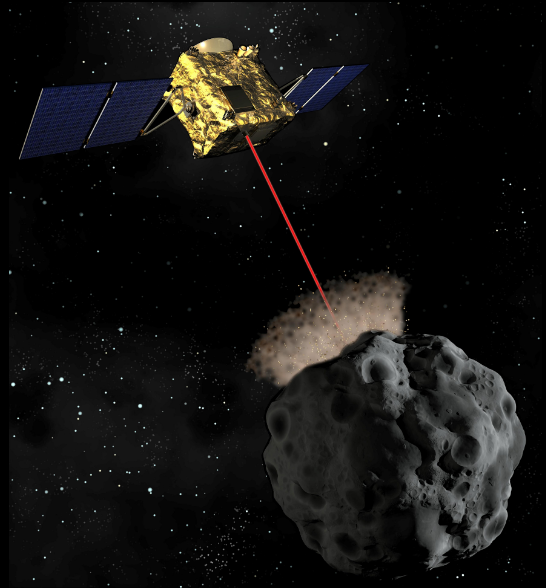
Advanced mass drivers for asteroid deflection
Last Thoughts
So where is "the one"? The truth is, it varies. If we spot a tiny asteroid decades in advance of impact, soft options like solar sails or gravity tractors can do the trick. When we have a big boulder careening our way with only years to spare, nuclear-driven solutions could be the only thing between us and devastation. The biggest thing here is this: by constructing more than one scenario, humankind is prepared for one of the few natural disasters that we may be able to prevent.
✨ Asteroids are perhaps ancient leftovers of the solar system, but they don't necessarily have to signal an apocalyptic doom for Earth. With caution, with science, and a little bit of ingenuity, we may just be able to turn a space threat into a story of planetary defense.
